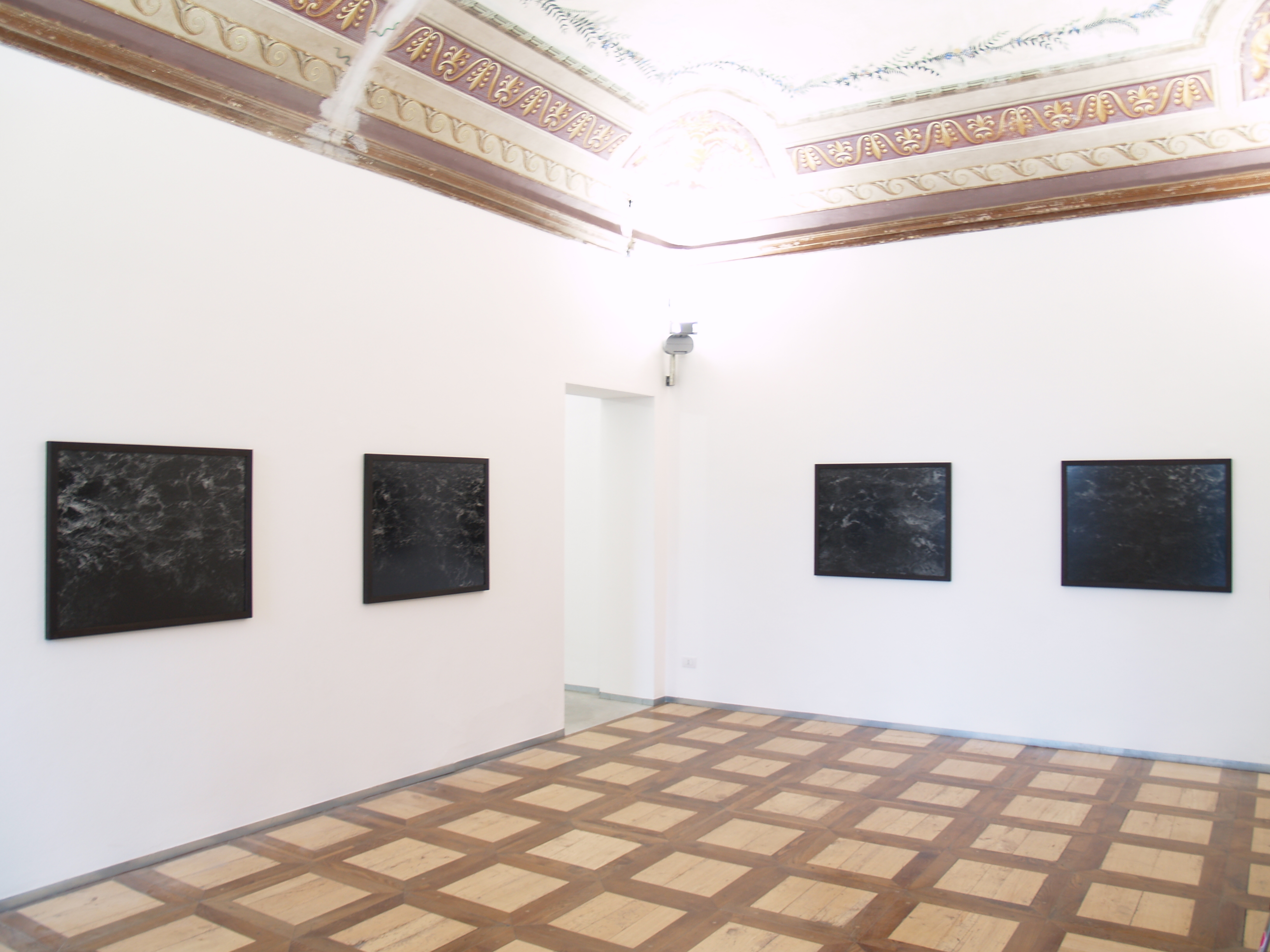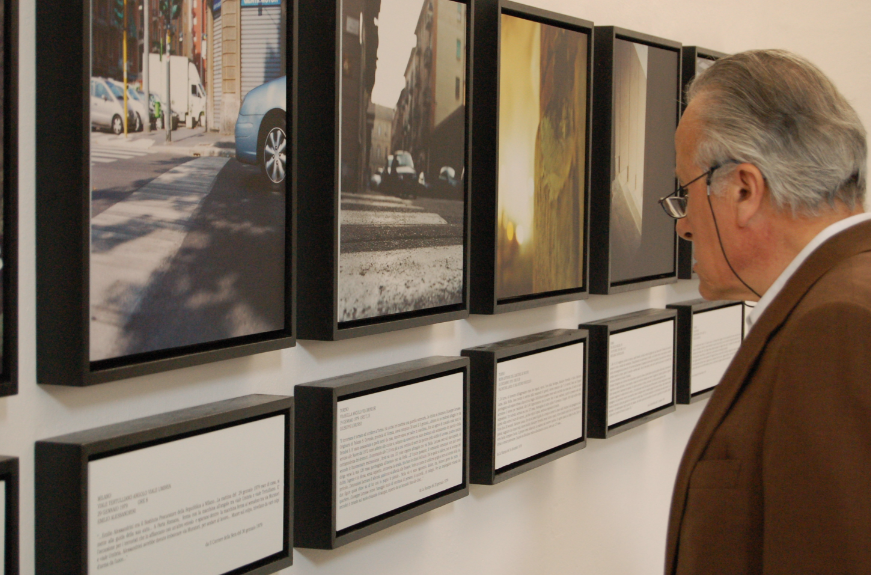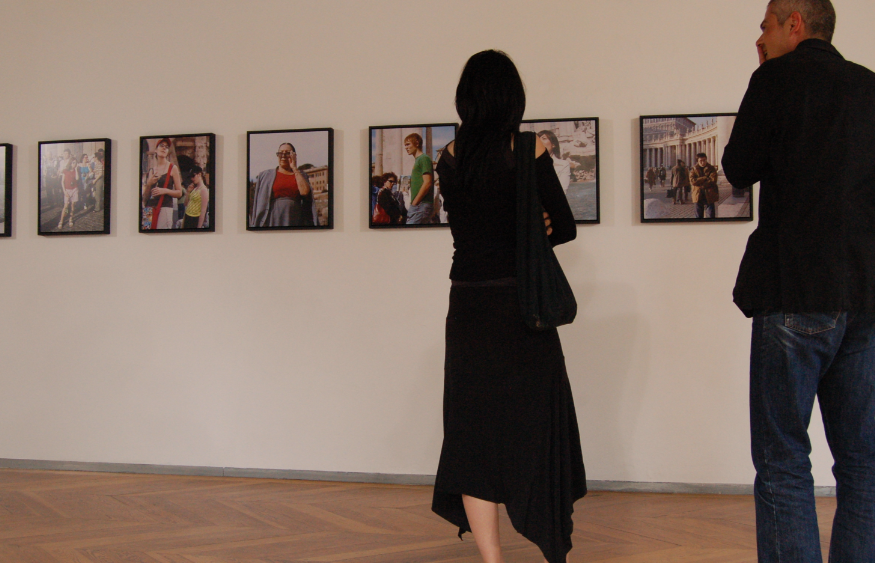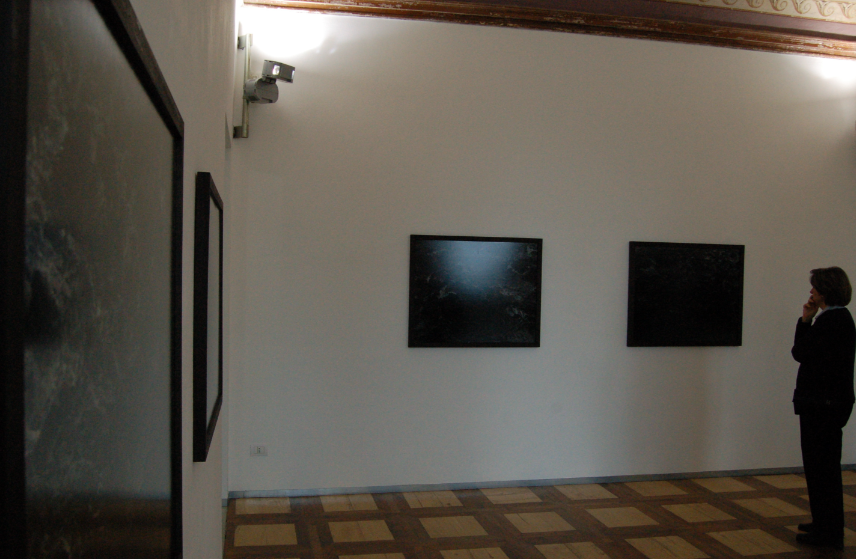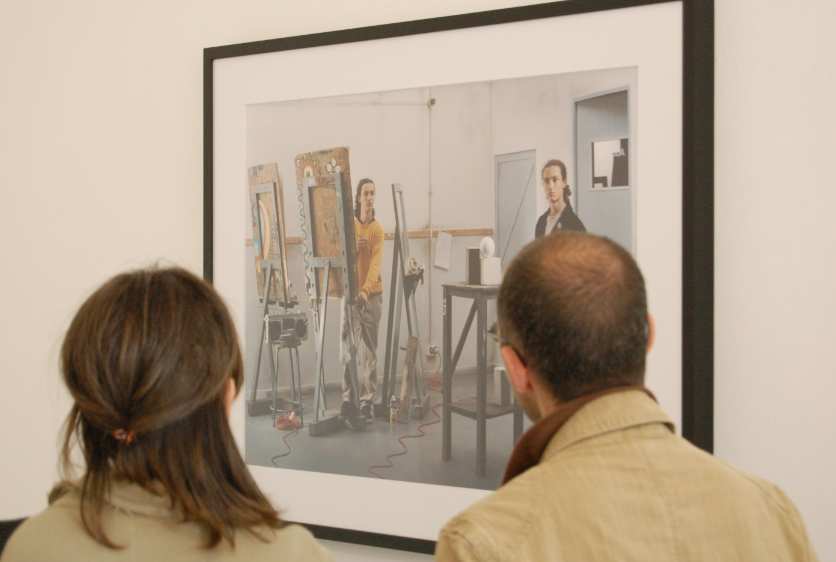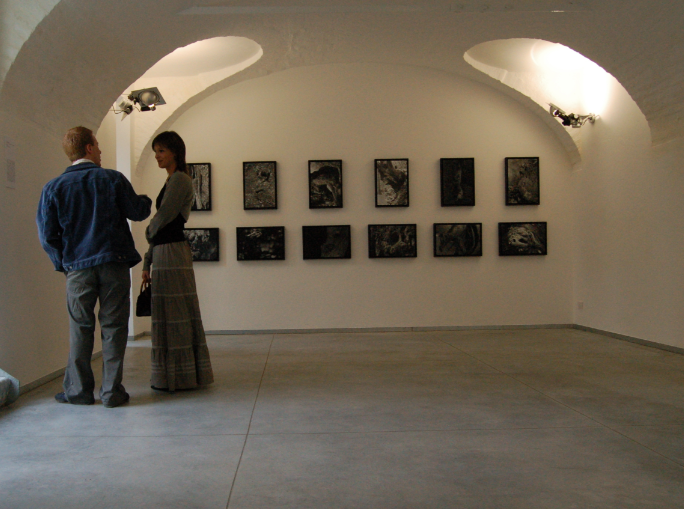Artists: Gianni Ferrero Merlino, Eva Frapiccini, Carlo Furgeri, Alice Grassi, Francesca Lazzarini, Renato Leotta, Valentina Mezzanatto, Francesca Rivetti, Francesco Zucchetti
Sunday, May 7th 2006 will see the reopening of Palazzo Re Rebaudengo in Guarene d’Alba (CN) with the opening of the fourth edition of the photographic show GE/06 - Da Guarene all’Etna, 06.
The review exhibition, entirely produced by Fondazione Sandretto Re Rebaudengo and curated by Filippo Maggia, presents the work of 9 Italian contemporary artists: Gianni Ferrero Merlino (born in Turin in 1976, lives and works between Turin and Milan), Eva Frapiccini (born in Recanati, Macerata, in 1979, lives and works in Turin),
The exhibition offers a rich overview of the latest and freshest contemporary productions. The themes tackled by the young photographers are: the theaters of terrorist attacks of Eva Frapiccini; the thin line between reality and fiction of Renato Leotta; the ramparts of Alice Grassi; the stormy sea of Gianni Ferrero Merlino; the identical, noisy tourists of Francesca Lazzarini; the stations, trains and passengers of Carlo Furgeri; the attitude of Francesca Rivetti before the sense of void; the relationships and ties between individuals of Francesco Zucchetti; the tree trunks of Valentina Mezzanatto.
“Three years on from the last GE/03, the current selection of artists sees some new, particularly interesting elements. For the first time the average age of the invited artists drops below 30, an extremely significant fact that testifies to the progress and coming of age of a new generation, the one that will probably become fully entitled to communicate, without any fear, with the other domains of art.
Secondly, the variety of techniques employed - from video to film to the classic black and white photo - provides evidence of the level of awareness these authors possess about the conceptual importance of an image that no longer depends on the medium: these works are primarily images, and incidentally photographs.
Furthermore, the themes that are dealt with not only reassert this generation's need for an in-depth reflection on interpersonal relationships, but they certainly mark a comeback to two strong points in art history that have long been neglected - by photography in particular - in the last 30, maybe 40 years: the political ideology, now no longer based on reporting, and therefore not openly stated, but suggested, and nature, no longer seen as a field of experience, but as an alternative to the city, the flattening out of cultures, the non-place.
Finally, it is worth noting that, for the first time, the presence of women outnumbers that of men, thus raising Italian photography to the standard of the international scene, where the last ten years have seen the emergence of a relatively greater number of women photographers than men”. (Filippo Maggia, curator of the Italian photography projects for Fondazione Sandretto Re Rebaudengo)
